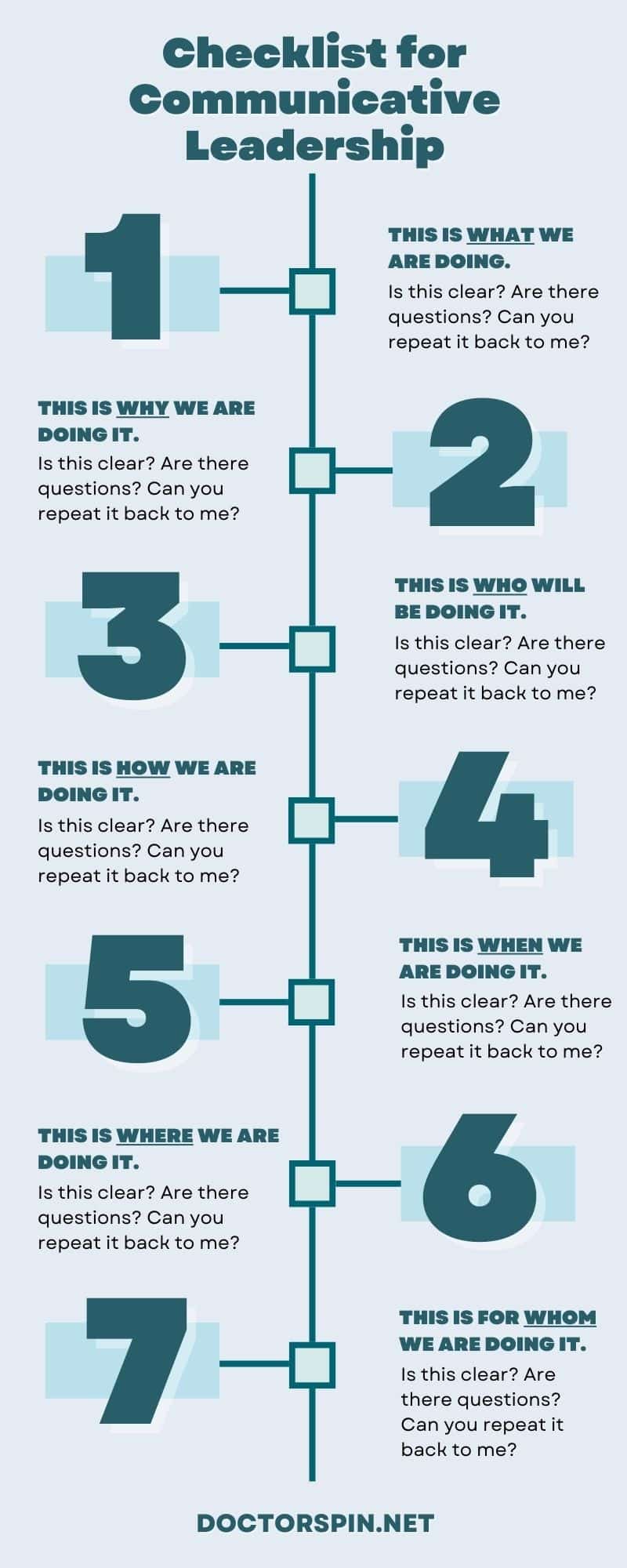Groupthink is a challenge for internal communications.
Groupthink is a psychological phenomenon where the desire for harmony and conformity within a group leads to irrational or dysfunctional decision-making outcomes.
The phenomenon occurs when group members suppress dissenting viewpoints, prioritise consensus over critical evaluation, and are influenced by the group’s overriding desire to maintain a cohesive social identity.
Here we go:
Groupthink and Poor Decision-Making
Groupthink is a concept in organisational behaviour. It suggests that when a group’s cohesiveness is overly dependent on its members’ personal appeal, it is more likely to lead to poor decision-making.
Such a basis for cohesion can overshadow rational, critical thinking and lead to consensus-seeking at the cost of considering diverse viewpoints or alternative solutions.
“Groupthink theory suggests poor decision-making is most likely when group cohesion is based on personal attractiveness of members, but broader and consistent use of group dynamics research can advance understanding of decision-making problems.”
Source: Organisational behavior and human decision processes 1McCauley, C. (1998). Group Dynamics in Janis’s Theory of Groupthink: Backward and Forward. Organisational behavior and human decision processes, 73 2⁄3, … Continue reading
Effective internal communication strategies can introduce structured methods for decision-making, such as soliciting anonymous feedback, encouraging debate, and ensuring the representation of diverse perspectives in meetings and discussions.
In essence, internal communications enable organisations to make well-considered, innovative, and effective decisions by fostering a culture of open communication and critical evaluation.
Groupthink and Internal Communications
Internal communications shape an organisation’s culture, foster open dialogue, and ensure diverse viewpoints are heard and considered.
When groupthink prevails, it leads to a uniformity of thought that stifles creativity and innovation.
This phenomenon is hazardous in a corporate setting where critical decisions must balance various perspectives and risks.
The tendency to conform to the majority view or the opinion of charismatic leaders, often driven by a desire to maintain harmony or cohesion within the team, can result in overlooking potential problems, failing to explore alternative strategies, and making suboptimal decisions.
Internal communications can help prevent the insular thinking that leads to groupthink by promoting a culture of openness and psychological safety, where employees feel comfortable expressing their views without fear of retribution.
Therefore, internal communications must actively cultivate an environment where dissenting opinions are valued and critical thinking is encouraged, thereby mitigating the risks associated with groupthink.
Why Groups Are Sensitive To Pressure
Groups are particularly susceptible to pressure due to their inherent desire to maintain a positive social identity. This desire often leads to groupthink, where the collective effort to preserve cohesion and avoid disapproval can result in poor decision-making.
“Groupthink is a collective effort to maintain social identity, with groups making poor decisions when faced with potential negative views, but producing higher quality decisions when given an excuse for poor performance.”
Source: Journal of Personality and Social Psychology 2Turner, M., Pratkanis, A., Probasco, P., & Leve, C. (1992). Threat, Cohesion, and Group Effectiveness: Testing a Social Identity Maintenance Perspective on Groupthink. Journal of Personality and … Continue reading
This is especially true when the group perceives a threat of opposing views from external sources. In such scenarios, the pressure to conform and maintain a unified front can override individual judgment and critical thinking, leading to decisions prioritising group harmony over the quality of the outcome.
Interestingly, groups can produce higher-quality decisions when they have an excuse for potentially poor performance. This implies that when the pressure of maintaining a flawless image alleviates, group members feel more liberated to express diverse opinions and engage in critical and creative thinking.
Avoiding Groupthink in Organisations
For internal communications, there are mainly two critical success factors for minimising groupthink in organisations:
The Checklist for Communicative Leadership
Being a great leader can be daunting. However, with effort (and attention to detail), all leaders can practice expressive and precise communication.
How can you ensure your leadership is expressive and precise in practical situations?
As a rule of thumb:
It’s generally better to “over-communicate” (tolerable added effort) than “under-communicate” (substantial added risk).
Make sure to pass these communicative leadership checks:
“Expressive and precise communication styles have a stronger link to leader outcomes than personality traits extraversion and conscientiousness.”
Source: Human Performance 3Bakker-Pieper, A., & Vries, R. (2013). The Incremental Validity of Communication Styles Over Personality Traits for Leader Outcomes. Human Performance, 26, 1 — … Continue reading
Communicative Leadership (Infographic)
Learn more: The Checklist for Communicative Leadership

THANKS FOR READING.
Need PR help? Hire me here.

What should you study next?
Spin Academy | Online PR Courses

Spin’s PR School: Free Psychology PR Course
Join this free Psychology PR Course to learn essential skills tailored for public relations professionals. Start now and amplify your impact on society today.
Psychology in Public Relations
Group Psychology
Learn more: All Free PR Courses
💡 Subscribe and get a free ebook on how to get better PR.

Annotations
| 1 | McCauley, C. (1998). Group Dynamics in Janis’s Theory of Groupthink: Backward and Forward. Organisational behavior and human decision processes, 73 2⁄3, 142 – 62. https://doi.org/10.1006/OBHD.1998.2759 |
|---|---|
| 2 | Turner, M., Pratkanis, A., Probasco, P., & Leve, C. (1992). Threat, Cohesion, and Group Effectiveness: Testing a Social Identity Maintenance Perspective on Groupthink. Journal of Personality and Social Psychology, 63, 781 – 796. https://doi.org/10.1037/0022 – 3514.63.5.781 |
| 3 | Bakker-Pieper, A., & Vries, R. (2013). The Incremental Validity of Communication Styles Over Personality Traits for Leader Outcomes. Human Performance, 26, 1 — 19. https://doi.org/10.1080/08959285.2012.736900 |



